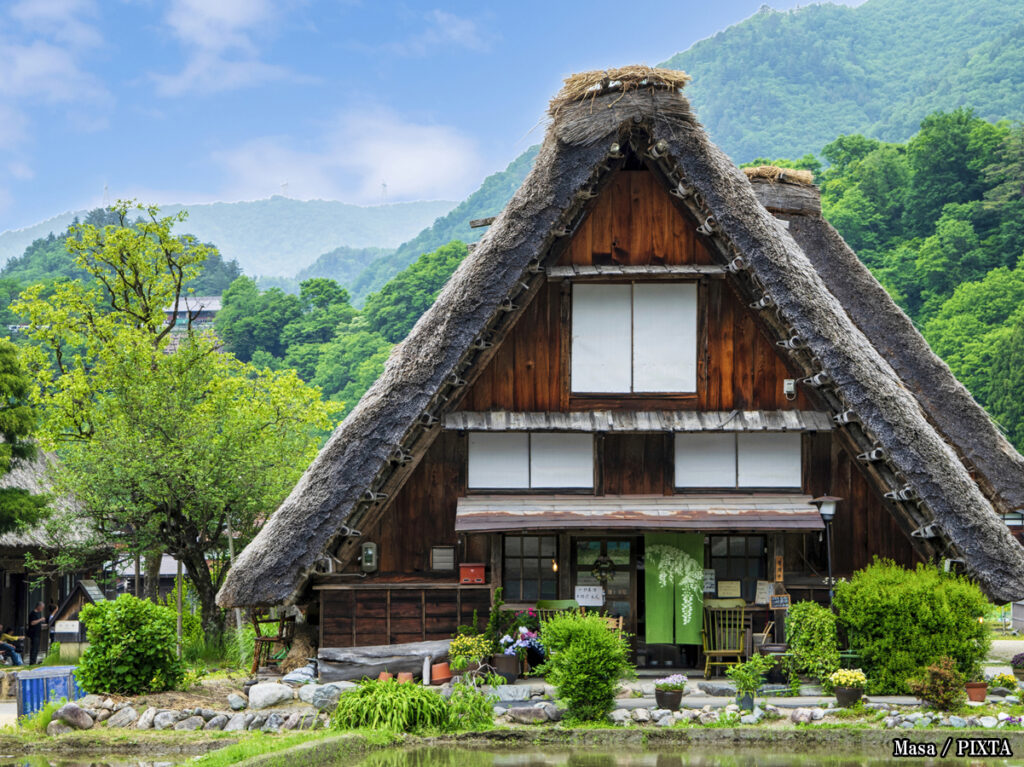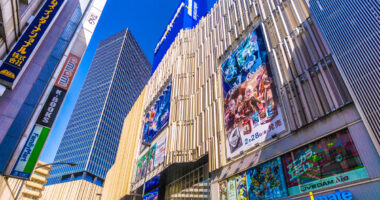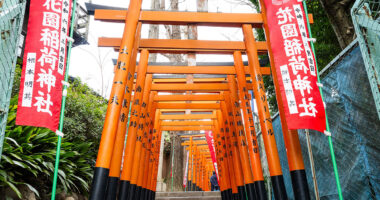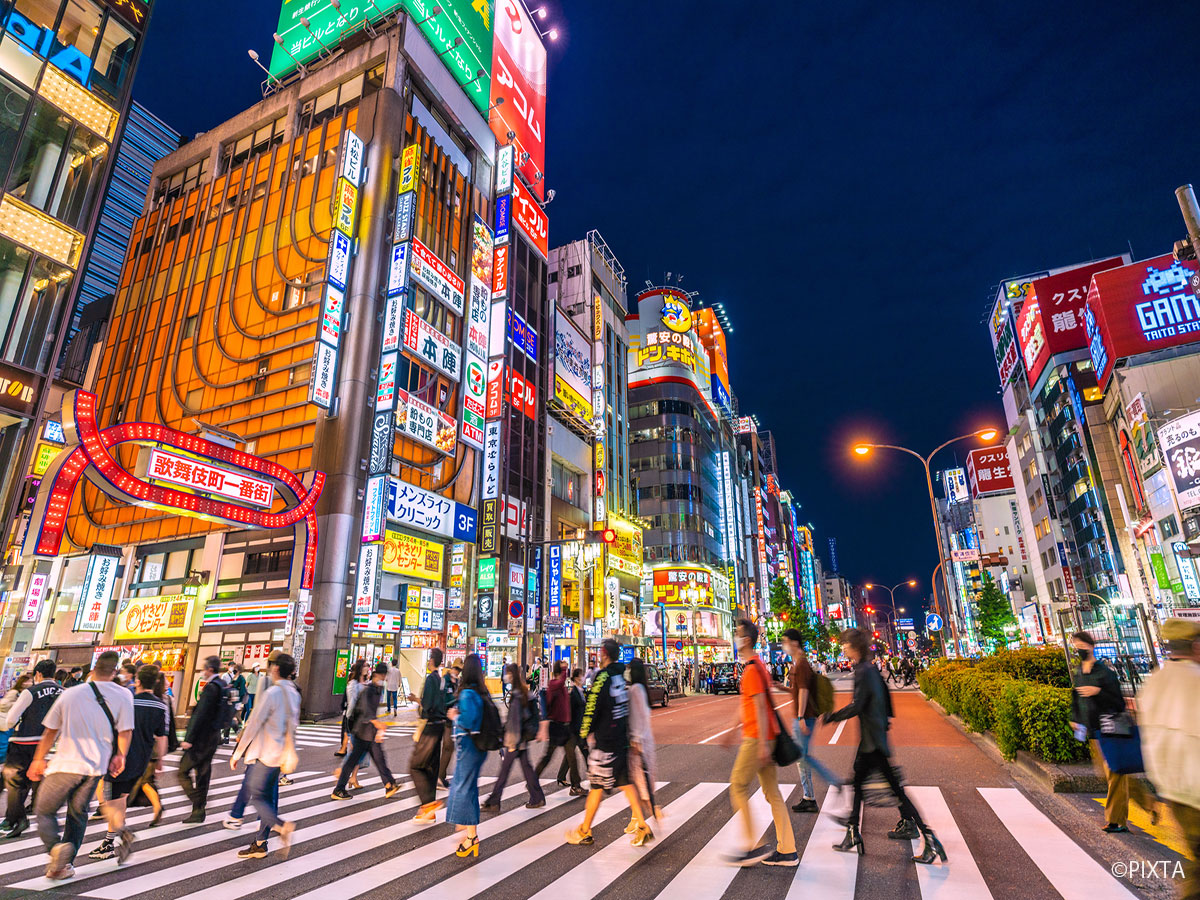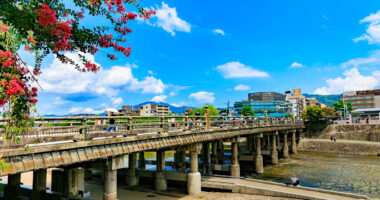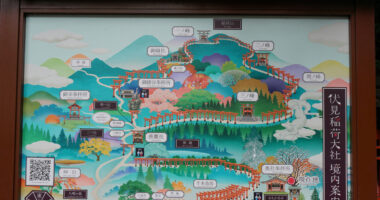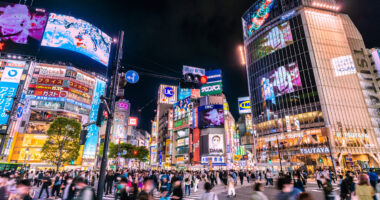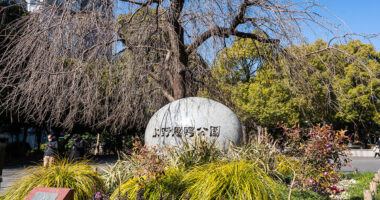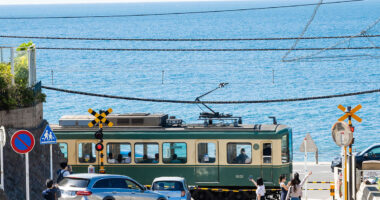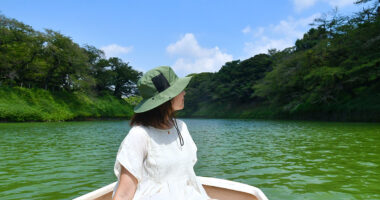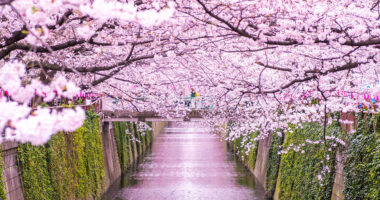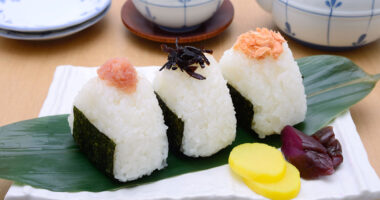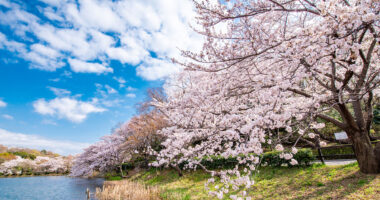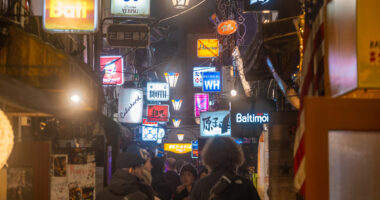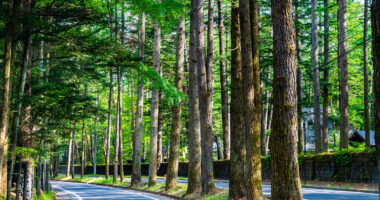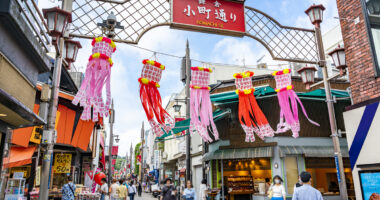Shirakawago, a UNESCO World Heritage site, is known for its iconic gasshō-zukuri farmhouses with steep, thatched roofs, nestled amidst lush valleys and rolling hills. This picturesque village, particularly in Gifu Prefecture, Japan, offers some of the most breathtaking views that photographers, travel bloggers, and casual travelers dream of capturing.
Whether you’re searching for the perfect sunset, the mystical fog of early mornings, or the snowy charm of winter rooftops, Shirakawago’s viewpoints provide countless opportunities for memorable photos.
In this guide, we’ll explore the top spots to capture the village from every angle, as well as tips on the best times to shoot, seasonal variations, and more!
Top viewpoints in Shirakawago
These spots in Shirakawago are perfect for photography at any time of day:
Shiroyama Tenshukaku Observation Deck
Located slightly higher up the hill overlooking the village, the Shiroyama Tenshukaku Observation Deck is one of the most iconic viewpoints in Shirakawago. It provides a sweeping, panoramic view of the village below, with the full layout of the gassho-zukuri houses framed beautifully by the surrounding mountains. Its elevation and wide angle offer a broad perspective of the entire village. This makes it ideal for capturing the changing moods of the landscape throughout the day and year.
Best times to shoot
- Golden Hour (early morning or late afternoon): Ideal for soft, directional light that gently outlines the rooftops and creates a balanced contrast with the surrounding mountains. The higher viewpoint enhances the golden glow at sunrise and sunset.
- Winter (December to February): The snow adds a layer of serenity and contrast to the rustic houses, making it one of the most iconic winter scenes in Japan.
- Autumn (September to November): From this higher perspective, you can view the golden rice paddies and vibrant fall foliage that surround the village.
- Spring (April to May): As the snow melts, the lush green valley emerges, creating a beautiful contrast with the traditional houses. This is also a great time to capture the surrounding nature coming to life.
Camera composition tips
- Framing the gassho-zukuri houses: Use the surrounding trees or mountains to frame the gassho houses. This composition draws attention to the uniqueness of the architecture against the backdrop of the natural landscape.
- Wide shots: Consider using a wide-angle lens to capture the entire village spread across the valley. This will allow you to show the scale of the settlement in relation to the surrounding mountains.
- Rice paddies as layers: Although more distant from here, the golden rice paddies add texture and color to wider shots during autumn.
Ogimachi Castle Ruins Observation Deck
Roughly 100 meters (330 feet) away and at a slightly lower elevation, the Ogimachi Castle Ruins Observation Deck offers a closer and more intimate perspective of the village. Its proximity to the village makes this spot especially well-suited for mid-range compositions. It allows photographers to capture details in the gassho-style homes and the surrounding rice paddies.
Best times to shoot
- Golden Hour (especially late afternoon): The lower angle of the sun creates long shadows that add depth to your photos.
- Autumn (September to November): This is a particularly rewarding time to visit, as the rice paddies turn golden and surrounding trees glow with fall colors, offering opportunities to compose wide shots with vibrant foregrounds.
- Winter (December to February): This lower viewpoint is ideal for capturing close views of snow-covered roofs and the calm village scene.
Camera composition tips
- Capture the rice paddies: During harvest season, the golden rice paddies create interesting patterns in the foreground. Try shooting from a low angle close to the paddies to use them as lines that lead the viewer’s eye to the gassho-style houses and the hills beyond.
- Detailed shots: A tighter composition works well here to focus on specific farmhouses or parts of the village. Highlight the textures of the thatched roofs against the natural elements.
Shirakawago Light-Up Event
The Shirakawago Light-Up Event is an absolute must-see if you’re visiting in winter. During certain weekends in December and January, the village is illuminated with warm lights, creating a magical atmosphere that transforms the village into a winter wonderland. This event offers an incredible opportunity to capture the contrast between the soft light of the houses and the dark, snowy surroundings.
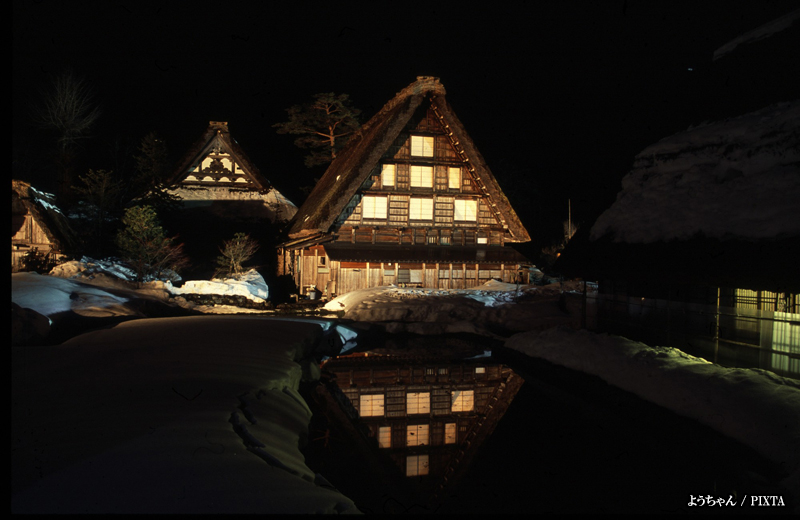
Photo for illustrative purposes
Best times to shoot
- Twilight to nightfall: Arrive a little before sunset to capture the transition from daylight to the light-up event. The soft fading light will add depth to your images before the artificial lights take over.
- Winter (December to January): These months are perfect for capturing the event in its full glory, as the snow on the roofs adds a layer of contrast against the warm artificial light.
Camera composition tips
- Long exposure: For a soft, dreamy effect, use a long exposure to capture the glow from the lights and the gentle movement of any falling snow.
- Reflections: Look for reflective surfaces, like the small streams and ponds near the village, to capture the lights reflecting in the water.
Shōgawa River
The Shōgawa River (or Shō River), which runs through the village, offers some of the best photo opportunities for capturing the gassho-zukuri houses from a different perspective. The river reflects the houses, particularly during the spring and autumn months, when the surrounding greenery and fall foliage create a colorful backdrop.
Best times to shoot
- Misty mornings (spring and autumn): Early mornings, especially in spring or autumn, bring mist to the valley, creating a mystical atmosphere. The fog enhances the reflections on the river and adds an ethereal quality to your photos.
- Autumn (September to November): The river’s edge becomes surrounded by fall foliage, which adds vibrant hues to the composition.
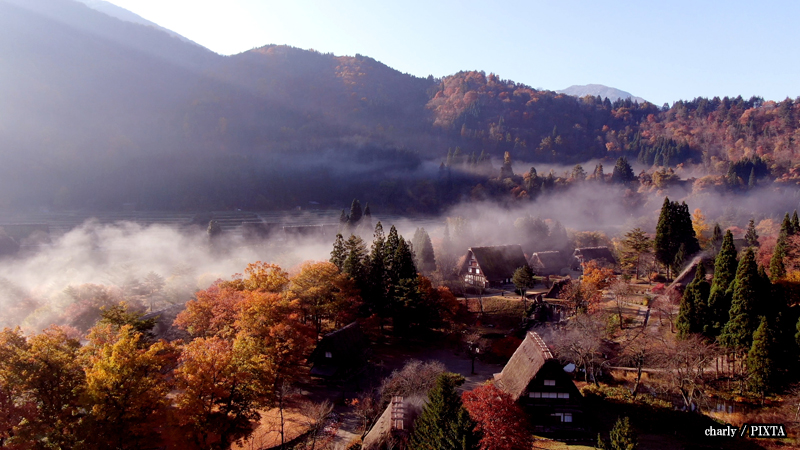
Photo for illustrative purposes
Camera composition tips
- Reflections and motion: When photographing the river, focus on calm sections where the water reflects the sky and surrounding trees. Alternatively, use a slow shutter speed to capture the smooth flow of the water, adding a peaceful feel to your image.
- Frame with natural elements: Use overhanging branches, rocks, or riverbanks to frame the river. This technique helps guide the viewer’s eye along the water and adds depth to the composition.
Minshuku (family-run guesthouses)
While the views from observation decks are stunning, sometimes the best photos can be captured from within the village itself. The traditional thatched-roof farmhouses, many of which are operated as minshuku (family-run guesthouses), are not only beautiful to look at but also offer the opportunity to take detailed photos of the architecture and lifestyle.
Best times to shoot
- Late morning: The soft lighting of late morning brings out the intricate details of the wooden beams, thatched roofs, and rustic textures without casting harsh shadows.
- Winter (December to February): During these months, the warmth of the firelight and the contrast with the cold, snowy surroundings create a cozy and intimate atmosphere in the images.
Camera composition tips
- Close-up shots: Focus on architectural details, such as the intricate roofs, wooden beams, and the small elements that define the gassho-zukuri style. A shallow depth of field can help isolate these details.
Lifestyle photos: If you’re capturing the minshuku during your stay, be respectful and aim for candid shots of daily life—cooking, working, or socializing within the house. These can add a personal touch to your travel blog or photography portfolio.
Shirakawago’s lesser-known viewpoints
While most visitors flock to Shiroyama or Ogimachi, the surrounding hills and trails also offer some quiet, lesser-known viewpoints. These can be rewarding for photographers looking for original angles.
Shirakawa Hachiman Shrine area
The grounds near Shirakawa Hachiman Shrine offer a serene place with fewer crowds. During the autumn festival, you can catch traditional ceremonies with the houses in the background.
Forest trails
Some walking trails lead to elevated positions on the outer edges of the village. These are great for getting wide shots with more natural framing and fewer tourists in the frame.
Tips
- Bring a flashlight or headlamp if you’re heading out before dawn or staying out past sunset. Many of the village paths and viewpoints aren’t well-lit, and having a light can help you avoid uneven terrain or icy patches, especially in winter.
- Stay on public paths and respect private property signs. Shirakawago is a living village, and many of the most scenic areas are close to local homes. Be mindful of fences, gates, and signs indicating private land. Taking that perfect shot should never come at the expense of someone’s privacy.
- Use a reliable offline map or GPS app when exploring lesser-known trails. While the main streets and viewpoints are easy to follow, some scenic detours—like riverside paths or forest trails—are not always clearly marked.
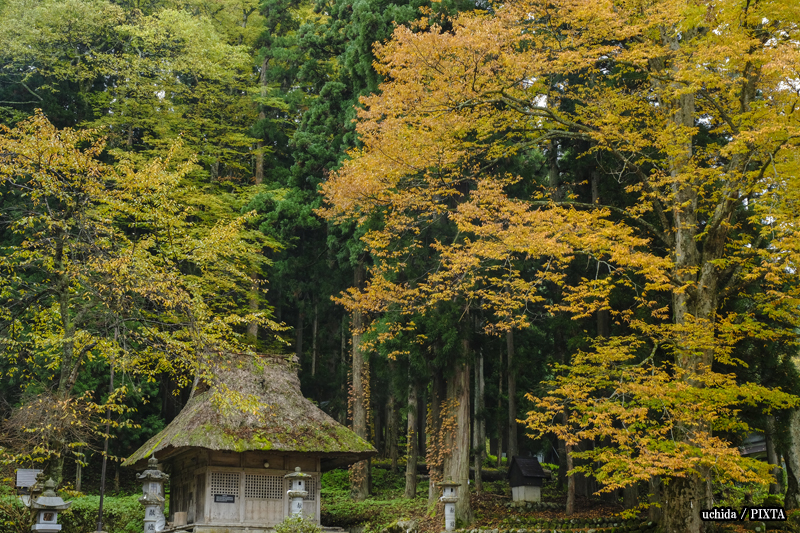
Photo for illustrative purposes
Tips for capturing the perfect photo
If you want to make the most of your photography experience in Shirakawago, make sure you follow these tips for capturing stunning, well-composed shots of the village’s breathtaking views.
- Mind the crowds: Shirakawago can get crowded, especially during peak seasons. Be patient and respectful when taking photos, and wait for the right moment when the crowds thin out.
- Composition: Experiment with different angles and framing. Use elements like trees, pathways, or mountains to frame the houses, adding depth to your photos.
- Avoid over-editing: Shirakawago’s beauty lies in its authenticity. Keep post-processing natural to preserve the original mood, whether it’s a soft, snowy scene or a sunny afternoon.
- Use reflections: Puddles, rivers, and melting snow can all provide great reflection shots. Look for symmetry opportunities, especially after rain or during snowmelt.
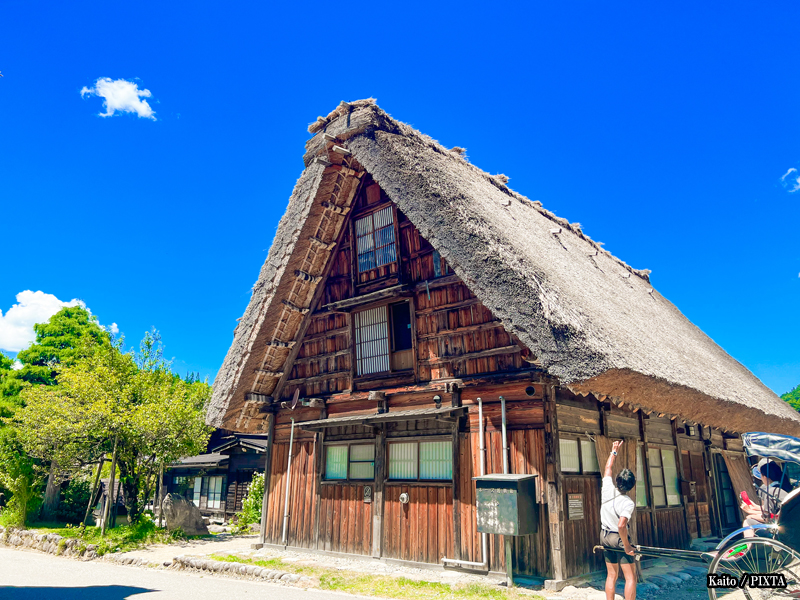
Photo for illustrative purposes
Settings for best results: smartphone camera vs. standalone camera
Whether you’re using a smartphone (assuming it’s not an ultra high-end model with abilities similar to a DSLR camera) or a standalone camera, understanding how to adjust your settings can make a big difference in capturing Shirakawago’s iconic scenery. Here’s how to make the most of each device:
Smartphone camera settings
- Turn on HDR mode to balance bright skies with shadowed rooftops.
- Use gridlines to align gassho-zukuri houses and the horizon.
- Tap to focus on key elements like rooftops, mountains, or reflections.
- Stabilize your phone using a mini tripod or a steady surface during low-light times like sunrise or sunset.
Standalone camera settings
- Set the aperture between f/8 and f/11 for sharper landscape shots.
- Use a low ISO (100-200) to reduce noise in bright daylight.
- Switch to manual focus if autofocus struggles in foggy or snowy scenes.
- Use a polarizing filter to reduce glare from snow or enhance sky contrast (optional but helpful).
Eco-friendly and sustainable tourism tips
To help preserve the delicate balance of this UNESCO village, here are a few environmentally-conscious travel suggestions:
- Bring a reusable water bottle: There are natural springs and clean water sources in many parts of Japan. Some rest areas may even offer refill stations, reducing the need for bottled water.
- Avoid single-use plastics: Shirakawago encourages sustainable practices, so be sure to use reusable bags when buying snacks or souvenirs. Many local shops promote this initiative.
- Respect wildlife: While you’re likely to spot birds and small animals during your walks, it’s important to avoid feeding or approaching them, as this disrupts their natural behaviors.
- Take your trash with you: Public garbage bins are scarce in rural Japan. It’s a good practice to carry a small bag with you for trash, disposing of it properly when you come across a bin.
- Support local artisans: Opt for souvenirs handmade by local craftspeople and consider making donations to local preservation funds or cultural institutions to help sustain the region’s heritage.
These small steps ensure that Shirakawago remains beautiful for future visitors while supporting its local community.
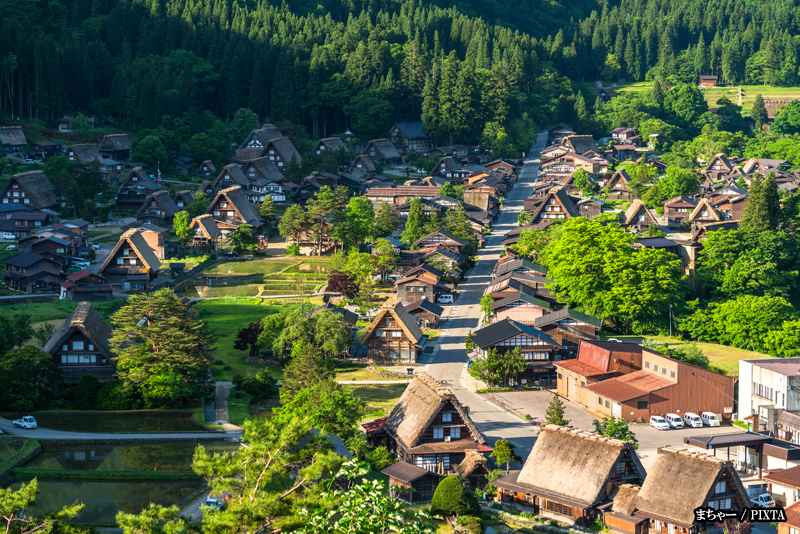
Photo for illustrative purposes
Wrapping up: Capture the timeless beauty of Shirakawago
Whether you’re an aspiring photographer, a seasoned travel blogger, or simply a casual traveler eager to capture the beauty of Shirakawago, the viewpoints and landscapes here will offer you endless opportunities for incredible photos.
Take the time to explore the village from different perspectives for a diverse set of photos. Ultimately, the best shot is the one that captures the essence of this historic village—its beauty, its culture, and its timeless charm.
